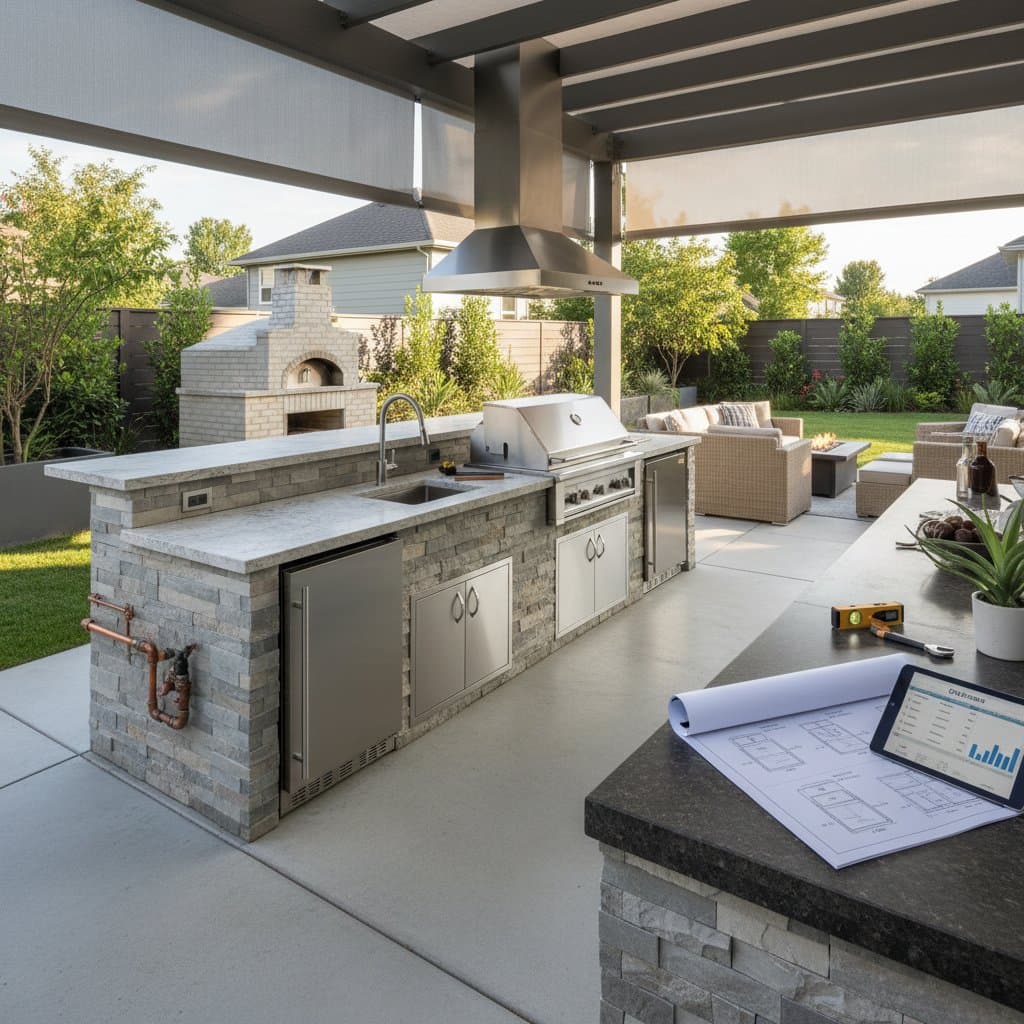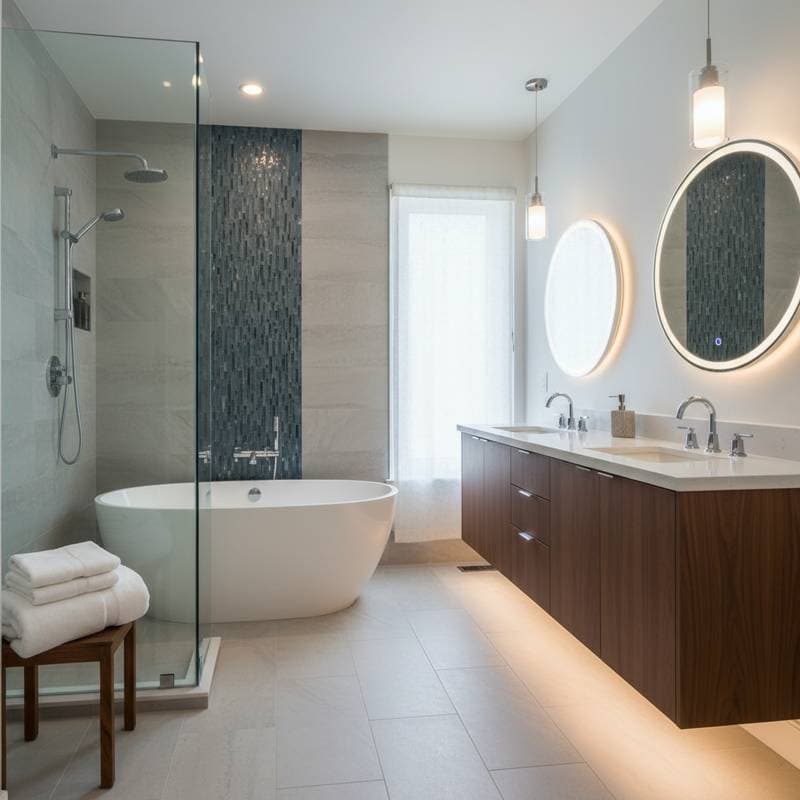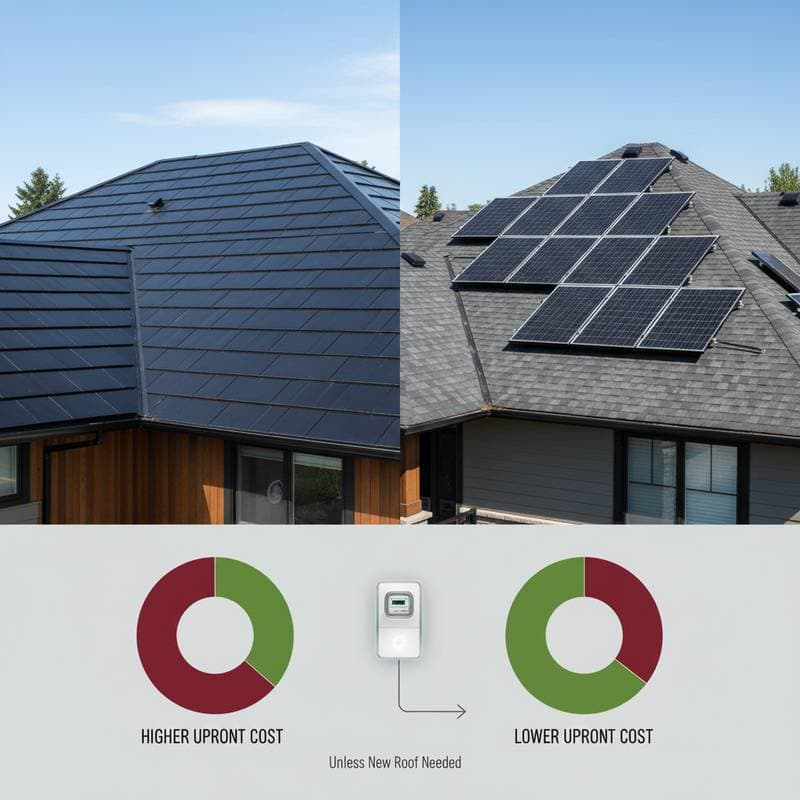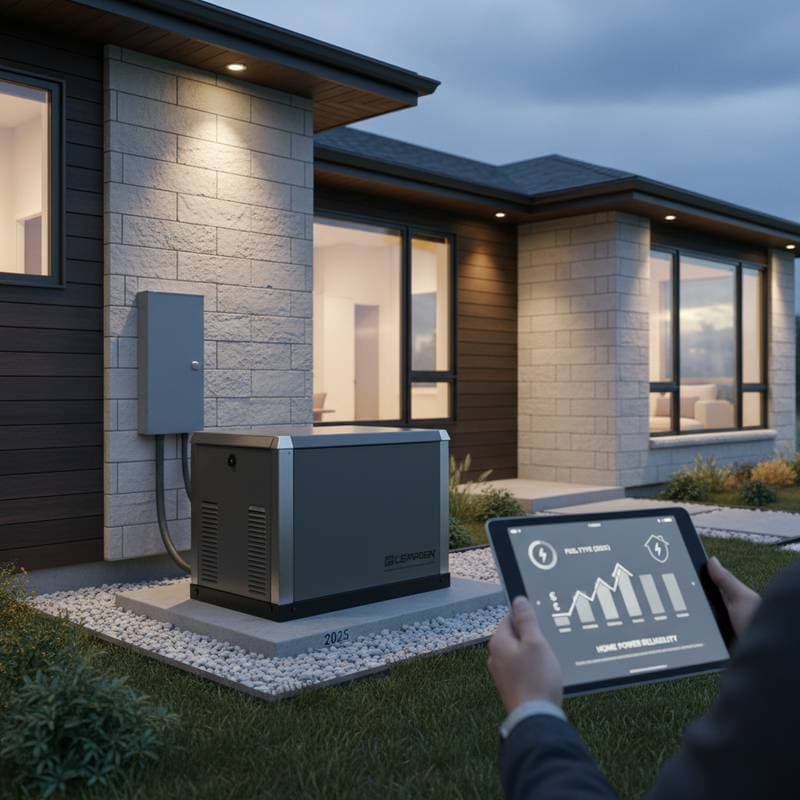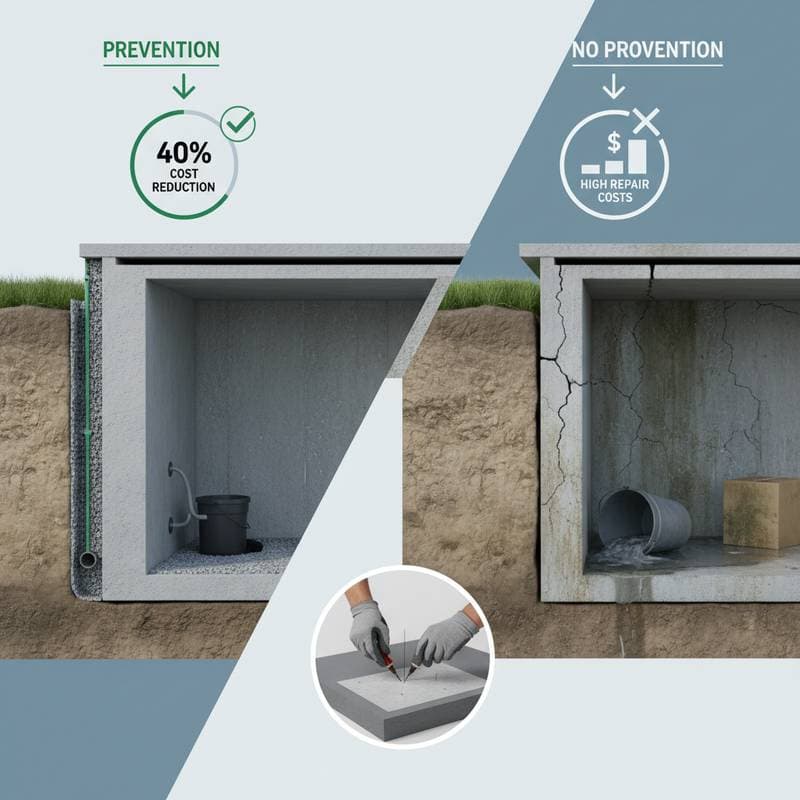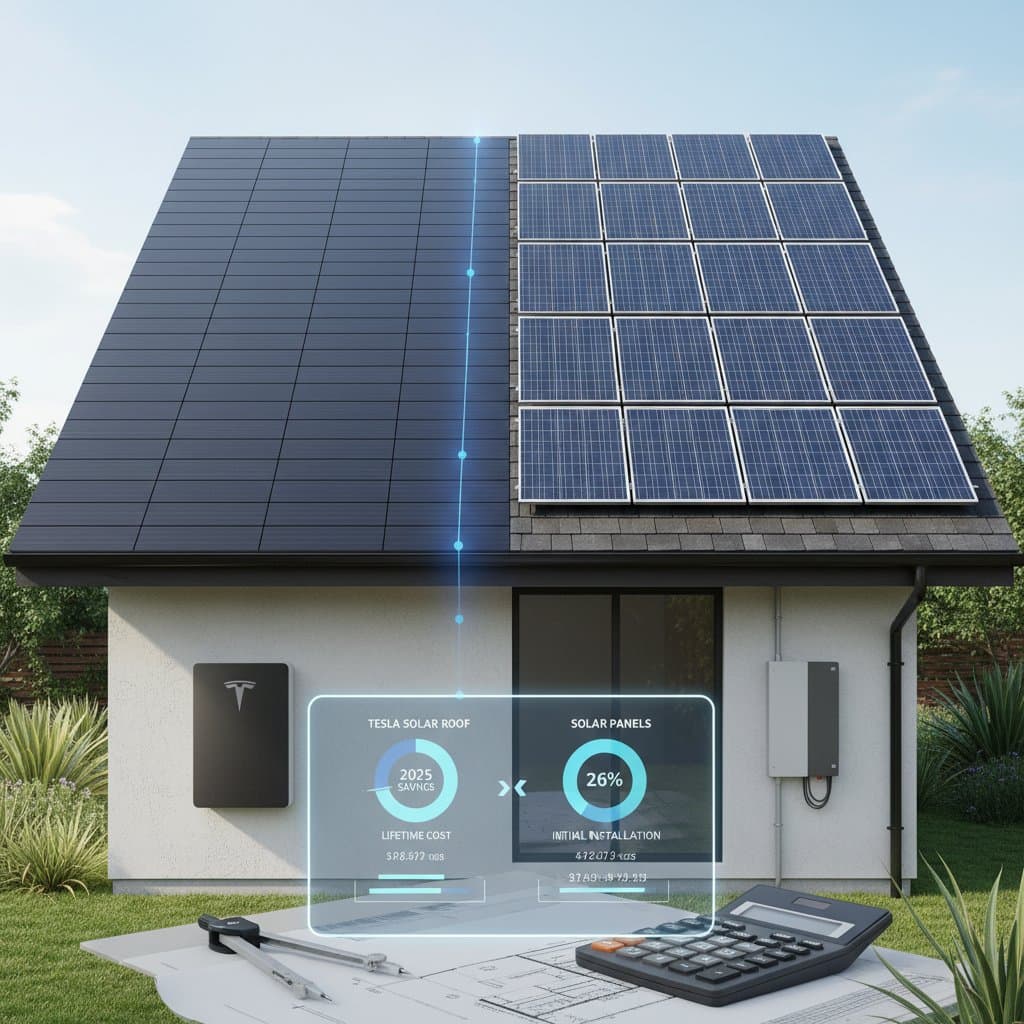2025 Outdoor Kitchen Costs: Breakdown by Feature
Building an outdoor kitchen enhances the value, convenience, and appeal of any backyard. Homeowners often envision a simple grilling station or a comprehensive entertainment area, yet understanding the elements that influence total expenses enables effective project planning. Choices in materials, appliance selections, and layout designs directly determine the overall investment required.
Establishing the Foundation: Base Costs
A basic outdoor kitchen, featuring a built-in grill, essential counter space, and simple storage, typically begins at around $5,000 to $10,000. Mid-level configurations that incorporate stone veneer, basic plumbing, and electrical connections range from $15,000 to $30,000. Luxury setups with bespoke cabinetry, oversized appliances, and high-end finishes can exceed $50,000, depending on customization.
Labor constitutes a substantial portion of these figures, often 30 to 50 percent of the total. Professionals handle critical installations for gas lines, water supply, and electrical systems, thereby minimizing risks of future hazards. While a do-it-yourself approach reduces expenses, it necessitates expertise in construction and adherence to local building codes.
Essential Cost Drivers: Feature-by-Feature Analysis
1. Countertops and Work Surfaces
Granite and concrete emerge as favored options for outdoor durability. Granite withstands high temperatures and resists scratches effectively, with costs ranging from $50 to $100 per square foot installed. Concrete provides versatility in shapes and colors, priced at $40 to $80 per square foot, though custom pours demand additional time.
Thicker slabs or intricate edge treatments elevate expenses further. Tile installations offer a budget-friendly alternative at $20 to $50 per square foot, yet they demand periodic resealing to combat moisture. Composite materials balance affordability and resilience, falling between $30 and $60 per square foot, but require vigilance against UV fading.
2. Built-in Grills and Cooking Appliances
The grill serves as the focal point in most designs. A standard built-in gas model with four burners starts at $1,500 to $3,000, while advanced versions incorporating infrared searing technology reach $4,000 or more. Freestanding grills, by contrast, cost $500 to $1,500 but lack seamless integration.
Supplementary elements such as smokers ($800 to $2,000), wood-fired pizza ovens ($2,000 to $5,000), or dedicated side burners ($300 to $800) accumulate expenses rapidly. Selecting stainless steel construction ensures longevity, particularly in variable weather conditions.
3. Cabinets and Storage Solutions
Stainless steel or marine-grade polymer cabinets excel in outdoor environments, priced from $200 to $500 per linear foot. These materials resist corrosion and require minimal upkeep. Natural wood alternatives, appealing for their warmth, range from $150 to $400 per linear foot but necessitate annual sealing to prevent warping.
Premium additions like soft-close drawers and weather-resistant hardware increase costs by 20 to 30 percent, yet they enhance usability and extend service life. Custom sizing for specific appliances or storage needs further adjusts the budget upward.
4. Plumbing and Electrical Systems
Incorporating a sink, under-counter refrigerator, or ambient lighting introduces plumbing and electrical demands, adding $2,000 to $5,000 for basic setups. Extending lines from the home involves excavation, which can double costs for distances over 50 feet. Waterproof fittings and grounding prevent electrical faults in damp settings.
Engaging licensed specialists remains essential for compliance with safety regulations. For instance, a full sink installation with hot and cold water lines averages $1,500 to $3,000, while outdoor-rated electrical outlets and wiring contribute another $1,000 to $2,500.
5. Flooring and Structural Elements
Pavers provide a stable, permeable base at $10 to $25 per square foot, ideal for drainage. Poured concrete slabs cost $8 to $15 per square foot and offer a smooth, level surface capable of bearing heavy loads. Natural stone options, such as flagstone, range from $15 to $40 per square foot, blending aesthetics with strength.
Overhead structures like pergolas or roofs add $5,000 to $15,000, including framing and weatherproofing materials. These enhancements improve usability during rain or intense sun, but they may require permits and foundational reinforcements.
Weighing DIY Against Professional Installation
A fully DIY project can halve labor expenses, potentially saving $5,000 to $15,000 on a mid-range build. Success hinges on proficiency in areas like masonry for countertops, carpentry for framing, and safe electrical wiring. Beginners often overlook permitting requirements, which can lead to fines or rework.
Many opt for a combined strategy: professionals manage plumbing, gas, and electrical components, while owners assemble cabinetry or lay pavers. This method secures warranties on critical systems and accelerates completion, limiting yard downtime to a few weeks rather than months.
Anticipating Long-Term Expenses
Annual maintenance budgets should allocate $200 to $500 for tasks such as resealing stone surfaces, descaling grills, and applying protective coatings. Refrigeration units and lighting fixtures contribute modestly to energy costs, adding $50 to $150 yearly to utilities.
Investing in quality from the outset minimizes surprises. For example, corrosion-resistant materials reduce replacement needs, while efficient appliances lower operational expenses over time.
Safeguarding Your Outdoor Kitchen's Longevity
Regular inspections reveal issues early, such as loose connections or surface cracks, averting major repairs. Cover appliances during off-seasons and perform deep cleans after heavy use to maintain hygiene and appearance. These practices ensure the space remains a vibrant hub for family meals and social events.
Thoughtful decisions on features and installation create an outdoor kitchen aligned with personal needs and financial parameters. This approach yields a durable, enjoyable extension of living space that appreciates in utility and home value.
